Tech
Bitcoin’s Lightning Network: 3 Possible Problems

The Lightning Network is a second layer added to the Bitcoin network, which allows transactions between parties outside of the main blockchain, called off-chain transactions. The Lightning Network has often been touted as a turning point in the evolution of cryptocurrency. It is designed to speed up transaction processing times and reduce costs associated with the Bitcoin blockchain. The Lightning Network was conceived by two developers, Thaddeus Dryja and Joseph Poon in 2015.
While the Lightning Network has seen growth and development since its inception, challenges remain. Bitcoin’s price fluctuations have prevented the cryptocurrency from becoming a popular payment method for commercial and consumer transactions. Additionally, there are costs associated with using the Lightning Network.
Here we highlight what the Lightning Network is designed to solve and three problems it faces. Additionally, we look at recent developments that could impact and improve the network in the future.
Key points
- The Lightning Network is a second layer added to the Bitcoin network, which allows transactions to be made outside of the blockchain.
- The Lightning Network is designed to speed up transaction processing times and reduce costs associated with the Bitcoin blockchain.
- However, the Lightning Network still has associated costs and can be vulnerable to fraud or malicious attacks.
- Bitcoin’s price swings could prevent the cryptocurrency from becoming a popular payment method, limiting the use of the Lightning Network.
Understanding the Lightning Network
As Bitcoin gains transaction volume, more are processed on its blockchain network. This presents problems because the blockchain, in its current state, is not designed to scale or process the volume of transactions made.
The Bitcoin Scalability Problem
The blockchain and the Bitcoin network are designed to process a block approximately every 10 minutes. Transactions are sent to a work queue, where they are prioritized based on the amount paid by the user in fees. The more transactions there are, the bigger the queue.
As a result, Bitcoin faced a scalability problem, meaning there are challenges when the network tries to process multiple transactions at once. In order for Bitcoin to process more data, the network must expand, allowing more transactions to be processed faster and more efficiently.
This network latency has led to higher transaction fees as miners take longer to validate transactions because users pay more to prioritize them.
What it is designed for
The Lightning Network is a separate blockchain that works alongside the Bitcoin blockchain. Simply put, the Lightning Network allows participants to transfer bitcoins to each other much more quickly using payment channels. Channels can remain open for further payments or closed once a transaction is completed. Instead of waiting for the main network to complete the payment transfer work queue (sometimes taking more than an hour), Lightning Network allows users to send and receive payments in seconds.
1. It does not solve the problem of Bitcoin transaction fees
Lightning Network is often touted as a solution to the problem of Bitcoin’s growing transaction fees. Its supporters claimed that transaction fees, one of the direct consequences of Bitcoin’s clogged network, would decline after the technology removed transactions from the main blockchain.
But Bitcoin’s congestion is one of several factors that affect its transaction fees. When the Lightning Network was integrated in 2018, users expected lower costs and faster transactions, but as the chart below shows, average fees for Bitcoin transactions have increased. There could be many reasons for this, but it shows how ineffective the Lightning Network has been in reducing rates.
Blockchain.com
Lightning Network Fees
In addition to standard fees for on-chain transactions, users are charged a fee for opening a channel with a routing node. The routing node operator charges fees for providing the Lightning channel to the core network. The tariffs consist of a basic tariff and a tariff, both chosen by the operator. The base fee remains unchanged unless manually changed and the fee is a percentage of the transaction value.
Therefore, a node operator could set the base fee at one satoshi and the rate at 0.1%. If a user wanted to send 1,000 satoshis through this node, he or she would have to pay 2 satoshis to the node (fees on the Lightning Network can be measured in milli-satoshi increments, so the payments can actually be very small).
Lightning rates are generally low because hosting a node is a competitive business. Rates need to be low enough to attract users but high enough to provide some benefit to the host. If they are too low, there may be no reason to run a node; if they are too high, users will likely choose a lower priced node.
Interestingly (and regardless of node fees), by design, the Lightning Network incorporates fees to try to reduce overall fees.
2. Staying online at all times makes nodes vulnerable
Nodes on the Lightning Network must always be online to send and receive payments. Since the parties involved in the transaction must be online and use their private keys to log in, it is possible for coins to be stolen if the computer hosting the node is compromised.
Offline Transaction Risk
Going offline creates a variety of problems on the Lightning Network. According to Dryja, it is possible for one party to a payment channel to close the channel and pocket the funds while the other is absent. This is known as closing the fraudulent channel. There is a deadline for contesting the closure of a channel, but the prolonged absence of one of the parties could cause this deadline to expire.
Malicious attacks
Another risk to the network is congestion caused by a malicious attack. If payment channels become congested and a hack or malicious attack occurs, participants may not be able to recover their money quickly enough due to the congestion.
According to Dryja, “the forced expiration of many transactions may represent the greatest systemic risk when using Lightning Network.”
If an attacker created numerous channels and forced them to expire simultaneously by broadcasting them on the blockchain, the congestion caused could overwhelm the block’s capacity. An attacker could use congestion to steal funds from individuals who are unable to withdraw their funds due to congestion.
3. Bitcoin price fluctuations
The Lightning Network is also expected to herald the viability of Bitcoin as a medium for everyday transactions. Customers are able to open payment channels with companies or people they frequently transact with. For example, they can open payment channels with their landlord or favorite e-commerce store and make transactions using bitcoin.
However, Bitcoin has less popularity as a traditional payment method than as an investment tool. The increase in transaction volume is mainly attributed to an increase in trading volume. In other words, Bitcoin’s popularity among traders and investors increases volatility– or price fluctuations – as well as congesting the network and influencing tariff increases.
Recent Lightning Network Developments
Challenges remain related to Bitcoin’s Lightning Network and its ability to increase scale while reducing transaction fees. However, the core technology team incorporated new use cases and researched additional functionality. As a result, there have been significant developments attempting to improve the network.
Larger payments via Lightning Network
Lightning had initially limited channel size to a maximum of 0.1677 BTC, but in 2020 it was announced that the constraints would be removed so customers could have larger channels. These “Wumbo” channels are designed to increase usage and utility of Lightning Network for consumers and businesses.
Cryptocurrency exchanges
One of the most promising initial use cases involves cryptocurrency exchanges and financial services platforms. For example, Kraken and Block’s Cash App have integrated Lighting Network. In September 2023, Coinbase CEO Brian Armstrong announced that the exchange would integrate the Lightning Network. As one of the largest cryptocurrency exchanges, this represents a significant development for the network.
Watchtowers
Watchtowers are third parties that work to prevent fraud within the Lightning Network. For example, if Sam and Judy are making a transaction and one of them has malicious intent, they might be able to steal coins from the other participant by closing the channel.
So, let’s say Sam and Judy made an initial deposit of 10,000 BTC and a 3,000 BTC transaction took place where Sam purchased goods from Judy. If Judy logs out of the system, fraud may occur. Sam could pass on the initial state, meaning they both get their initial deposits back as if no transaction had taken place. In other words, Sam would receive 3,000 BTC worth of goods for free.
This process of closing the channel based on the initial state versus the final state in which all transactions were executed is called fraudulent channel closing. The watchtower monitors transactions and prevents fraudulent channel closures by enforcing the closure on the offending party. It transmits a revocation transaction and causes the other party to lose the channel balance.
Is the Lightning Network part of Bitcoin?
The Lightning Network is a layer 2 (a blockchain that assists a primary blockchain) to the Bitcoin blockchain. It was integrated with Bitcoin in 2018.
How do you use the Bitcoin Lightning network?
To complete transactions using the Bitcoin Lightning Network, you will need to use a Lightning-compatible wallet.
How fast is the Bitcoin Lightning network?
The Lightning Network can reportedly process millions of transactions per second. Bitcoin’s main blockchain can process about seven per second.
The bottom line
The Lightning Network is a tool that could make a significant difference to the Bitcoin blockchain. However, the network may not solve all the challenges facing Bitcoin. While improvements are being made, there is the potential for new problems within the cryptocurrency ecosystem because it remains an ever-evolving technology.
The comments, opinions and analyzes expressed on Investopedia are for informational purposes only. Read ours warranty and exclusion of liability for more information.
Tech
Harvard Alumni, Tech Moguls, and Best-Selling Authors Drive Nearly $600 Million in Pre-Order Sales
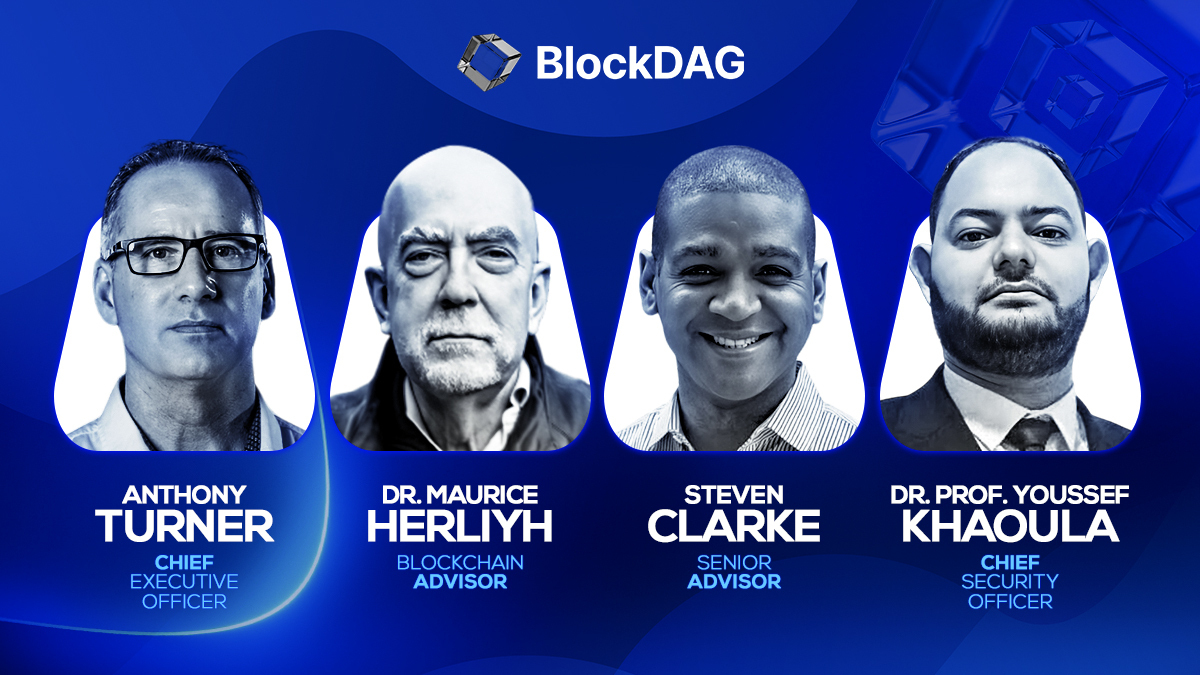
BlockDAG Network’s history is one of innovation, perseverance, and a vision to push the boundaries of blockchain technology. With Harvard alumni, tech moguls, and best-selling authors at the helm, BlockDAG is rewriting the rules of the cryptocurrency game.
CEO Antony Turner, inspired by the successes and shortcomings of Bitcoin and Ethereum, says, “BlockDAG leverages existing technology to push the boundaries of speed, security, and decentralization.” This powerhouse team has led a staggering 1,600% price increase in 20 pre-sale rounds, raising over $63.9 million. The secret? Unparalleled expertise and a bold vision for the future of blockchain.
Let’s dive into BlockDAG’s success story and find out what the future holds for this cryptocurrency.
The Origin: Why BlockDAG Was Created
In a recent interview, BlockDAG CEO Antony Turner perfectly summed up why the market needs BlockDAG’s ongoing revolution. He said:
“The creation of BlockDAG was inspired by Bitcoin and Ethereum, their successes and their shortcomings.
If you look at almost any new technology, it is very rare that the first movers remain at the forefront forever. Later incumbents have a huge advantage in entering a market where the need has been established and the technology is no longer cutting edge.
BlockDAG has done just that: our innovation is incorporating existing technology to provide a better solution, allowing us to push the boundaries of speed, security, and decentralization.”
The Present: How Far Has BlockDAG Come?
BlockDAG’s presale is setting new benchmarks in the cryptocurrency investment landscape. With a stunning 1600% price increase over 20 presale lots, it has already raised over $63.9 million in capital, having sold over 12.43 billion BDAG coins.
This impressive performance underscores the overwhelming confidence of investors in BlockDAG’s vision and leadership. The presale attracted over 20,000 individual investors, with the BlockDAG community growing exponentially by the hour.

These monumental milestones have been achieved thanks to the unparalleled skills, experience and expertise of BlockDAG’s management team:
Antony Turner – Chief Executive Officer
Antony Turner, CEO of BlockDAG, has over 20 years of experience in the Fintech, EdTech, Travel and Crypto industries. He has held senior roles at SPIRIT Blockchain Capital and co-founded Axona-Analytics and SwissOne. Antony excels in financial modeling, business management and scaling growth companies, with expertise in trading, software, IoT, blockchain and cryptocurrency.
Director of Communications
Youssef Khaoulaj, CSO of BlockDAG, is a Smart Contract Auditor, Metaverse Expert, and Red Team Hacker. He ensures system security and disaster preparedness, and advises senior management on security issues.
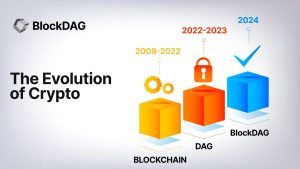
advisory Committee
Steven Clarke-Martin, a technologist and consultant, excels in enterprise technology, startups, and blockchain, with a focus on DAOs and smart contracts. Maurice Herlihy, a Harvard and MIT graduate, is an award-winning computer scientist at Brown University, with experience in distributed computing and consulting roles, most notably at Algorand.
The Future: Becoming the Cryptocurrency with the Highest Market Cap in the World
Given its impressive track record and a team of geniuses working tirelessly behind the scenes, BlockDAG is quickly approaching the $600 million pre-sale milestone. This crypto powerhouse will soon enter the top 30 cryptocurrencies by market cap.
Currently trading at $0.017 per coin, BlockDAG is expected to hit $1 million in the coming months, with the potential to hit $30 per coin by 2030. Early investors have already enjoyed a 1600% ROI by batch 21, fueling a huge amount of excitement around BlockDAG’s presale. The platform is seeing significant whale buying, and demand is so high that batch 21 is almost sold out. The upcoming batch is expected to drive prices even higher.

Invest in BlockDAG Pre-Sale Now:
Pre-sale: https://purchase.blockdag.network
Website: https://blockdag.network
Telegram: https://t.me/blockDAGnetwork
Discord: Italian: https://discord.gg/Q7BxghMVyu
No spam, no lies, just insights. You can unsubscribe at any time.
Tech
How Karak’s Latest Tech Integration Could Make Data Breaches Obsolete

- Space and Time uses zero-knowledge proofs to ensure secure and tamper-proof data processing for smart contracts and enterprises.
- The integration facilitates faster development and deployment of Distributed Secure Services (DSS) on the Karak platform.
Karak, a platform known for its strong security capabilities, is enhancing its Distributed Secure Services (DSS) by integrating Space and Time as a zero-knowledge (ZK) coprocessor. This move is intended to strengthen trustless operations across its network, especially in slashing and rewards mechanisms.
Space and Time is a verifiable processing layer that uses zero-knowledge proofs to ensure that computations on decentralized data warehouses are secure and untampered with. This system enables smart contracts, large language models (LLMs), and enterprises to process data without integrity concerns.
The integration with Karak will enable the platform to use Proof of SQL, a new ZK-proof approach developed by Space and Time, to confirm that SQL query results are accurate and have not been tampered with.
One of the key features of this integration is the enhancement of DSS on Karak. DSS are decentralized services that use re-staked assets to secure the various operations they provide, from simple utilities to complex marketplaces. The addition of Space and Time technology enables faster development and deployment of these services, especially by simplifying slashing logic, which is critical to maintaining security and trust in decentralized networks.
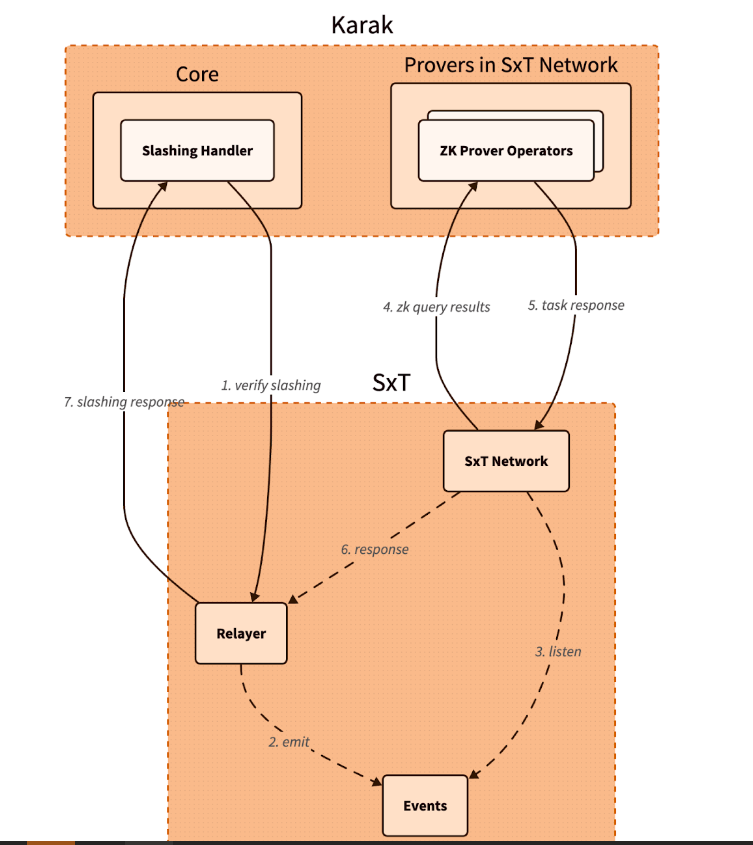
Additionally, Space and Time is developing its own DSS for blockchain data indexing. This service will allow community members to easily participate in the network by running indexing nodes. This is especially beneficial for applications that require high security and decentralization, such as decentralized data indexing.
The integration architecture follows a detailed and secure flow. When a Karak slashing contract needs to verify a SQL query, it calls the Space and Time relayer contract with the required SQL statement. This contract then emits an event with the query details, which is detected by operators in the Space and Time network.
These operators, responsible for indexing and monitoring DSS activities, validate the event and route the work to a verification operator who runs the query and generates the necessary ZK proof.
The result, along with a cryptographic commitment on the queried data, is sent to the relayer contract, which verifies and returns the data to the Karak cutter contract. This end-to-end process ensures that the data used in decision-making, such as determining penalties within the DSS, is accurate and reliable.
Karak’s mission is to provide universal security, but it also extends the capabilities of Space and Time to support multiple DSSs with their data indexing needs. As these technologies evolve, they are set to redefine the secure, decentralized computing landscape, making it more accessible and efficient for developers and enterprises alike. This integration represents a significant step towards a more secure and verifiable digital infrastructure in the blockchain space.
Website | X (Twitter) | Discord | Telegram
No spam, no lies, just insights. You can unsubscribe at any time.
Tech
Cryptocurrency Payments: Should CFOs Consider This Ferrari-Approved Trend?
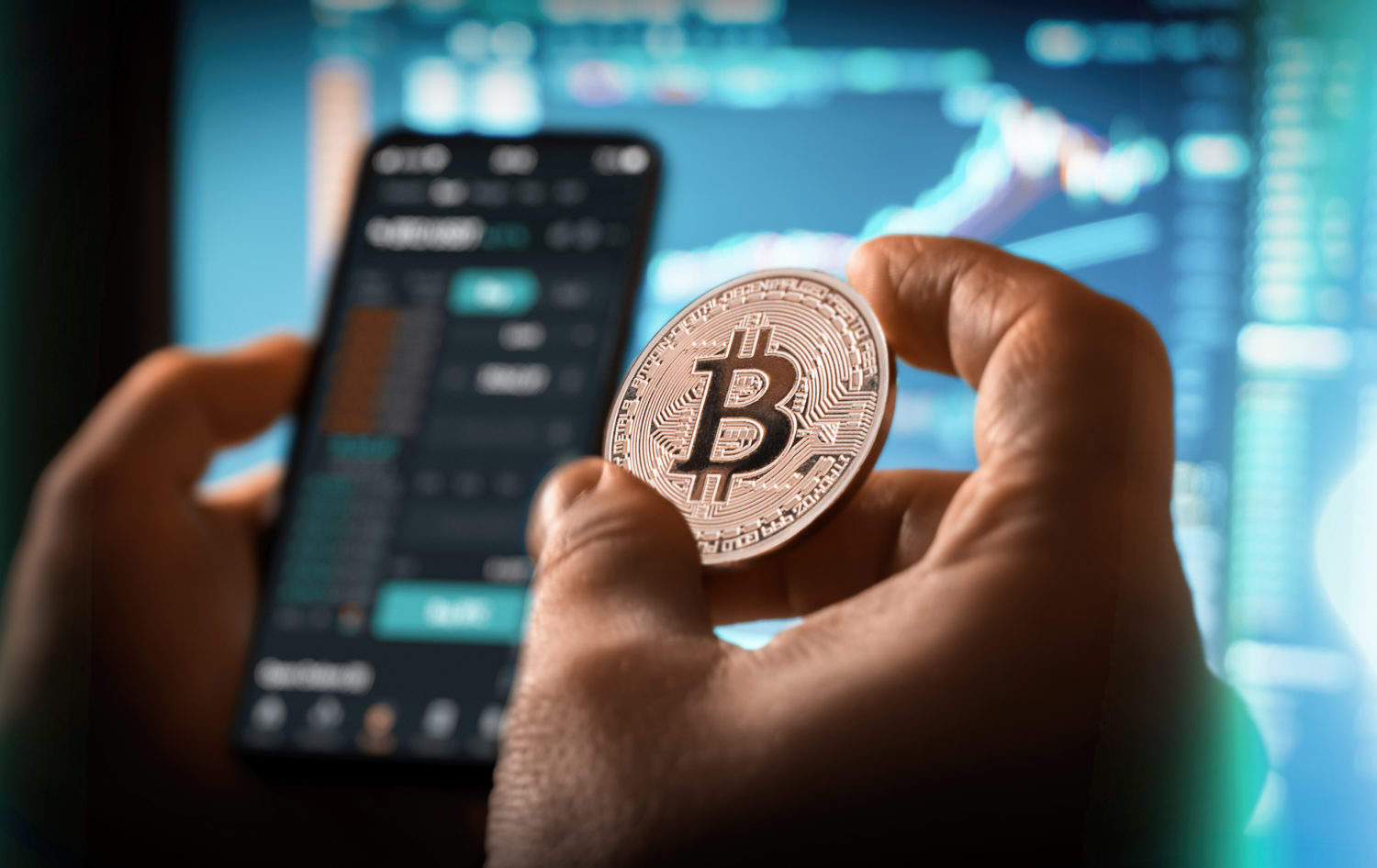
Iconic Italian luxury carmaker Ferrari has announced the expansion of its cryptocurrency payment system to its European dealer network.
The move, which follows a successful launch in North America less than a year ago, raises a crucial question for CFOs across industries: Is it time to consider accepting cryptocurrency as a form of payment for your business?
Ferrari’s move isn’t an isolated one. It’s part of a broader trend of companies embracing digital assets. As of 2024, we’re seeing a growing number of companies, from tech giants to traditional retailers, accepting cryptocurrencies.
This change is determined by several factors:
- Growing mainstream adoption of cryptocurrencies
- Growing demand from tech-savvy and affluent consumers
- Potential for faster and cheaper international transactions
- Desire to project an innovative brand image
Ferrari’s approach is particularly noteworthy. They have partnered with BitPay, a leading cryptocurrency payment processor, to allow customers to purchase vehicles using Bitcoin, Ethereum, and USDC. This satisfies their tech-savvy and affluent customer base, many of whom have large digital asset holdings.
Navigating Opportunities and Challenges
Ferrari’s adoption of cryptocurrency payments illustrates several key opportunities for companies considering this move. First, it opens the door to new customer segments. By accepting cryptocurrency, Ferrari is targeting a younger, tech-savvy demographic—people who have embraced digital assets and see them as a legitimate form of value exchange. This strategy allows the company to connect with a new generation of affluent customers who may prefer to conduct high-value transactions in cryptocurrency.
Second, cryptocurrency adoption increases global reach. International payments, which can be complex and time-consuming with traditional methods, become significantly easier with cryptocurrency transactions. This can be especially beneficial for businesses that operate in multiple countries or deal with international customers, as it potentially reduces friction in cross-border transactions.
Third, accepting cryptocurrency positions a company as innovative and forward-thinking. In today’s fast-paced business environment, being seen as an early adopter of emerging technologies can significantly boost a brand’s image. Ferrari’s move sends a clear message that they are at the forefront of financial innovation, which can appeal to customers who value cutting-edge approaches.
Finally, there is the potential for cost savings. Traditional payment methods, especially for international transactions, often incur substantial fees. Cryptocurrency transactions, on the other hand, can offer lower transaction costs. For high-value purchases, such as luxury cars, these savings could be significant for both the business and the customer.
While the opportunities are enticing, accepting cryptocurrency payments also presents significant challenges that businesses must address. The most notable of these is volatility. Cryptocurrency values can fluctuate dramatically, sometimes within hours, posing potential risk to businesses that accept them as payment. Ferrari addressed this challenge by implementing a system that instantly converts cryptocurrency received into traditional fiat currencies, effectively mitigating the risk of value fluctuations.
Regulatory uncertainty is another major concern. The legal landscape surrounding cryptocurrencies is still evolving in many jurisdictions around the world. This lack of clear and consistent regulations can create compliance challenges for companies, especially those operating internationally. Companies must remain vigilant and adaptable as new laws and regulations emerge, which can be a resource-intensive process.
Implementation costs are also a significant obstacle. Integrating cryptocurrency payment systems often requires substantial investment in new technology infrastructure and extensive staff training. This can be especially challenging for small businesses or those with limited IT resources. The costs are not just financial; a significant investment of time is also required to ensure smooth implementation and operation.
Finally, security concerns loom large in the world of cryptocurrency transactions. While blockchain technology offers some security benefits, cryptocurrency transactions still require robust cybersecurity measures to protect against fraud, hacks, and other malicious activity. Businesses must invest in robust security protocols and stay up-to-date on the latest threats and protections, adding another layer of complexity and potential costs to accepting cryptocurrency payments.
Strategic Considerations for CFOs
If you’re thinking of following in Ferrari’s footsteps, here are the key factors to consider:
- Risk Assessment: Carefully evaluate potential risks to your business, including financial, regulatory, and reputational risks.
- Market Analysis: Evaluate whether your customer base is significantly interested in using cryptocurrencies for payments.
- Technology Infrastructure: Determine the costs and complexities of implementing a cryptographic payment system that integrates with existing financial processes.
- Regulatory Compliance: Ensure that cryptocurrency acceptance is in line with local regulations in all markets you operate in. Ferrari’s gradual rollout demonstrates the importance of this consideration.
- Financial Impact: Analyze how accepting cryptocurrency could impact your cash flow, accounting practices, and financial reporting.
- Partnership Evaluation: Consider partnering with established crypto payment processors to reduce risk and simplify implementation.
- Employee Training: Plan comprehensive training to ensure your team is equipped to handle cryptocurrency transactions and answer customer questions.
While Ferrari’s adoption of cryptocurrency payments is exciting, it’s important to consider this trend carefully.
A CFO’s decision to adopt cryptocurrency as a means of payment should be based on a thorough analysis of your company’s specific needs, risk tolerance, and strategic goals. Cryptocurrency payments may not be right for every business, but for some, they could provide a competitive advantage in an increasingly digital marketplace.
Remember that the landscape is rapidly evolving. Stay informed about regulatory changes, technological advancements, and changing consumer preferences. Whether you decide to accelerate your crypto engines now or wait in the pit, keeping this payment option on your radar is critical to navigating the future of business transactions.
Was this article helpful?
Yes No
Sign up to receive your daily business insights
Tech
Bitcoin Tumbles as Crypto Market Selloff Mirrors Tech Stocks’ Plunge
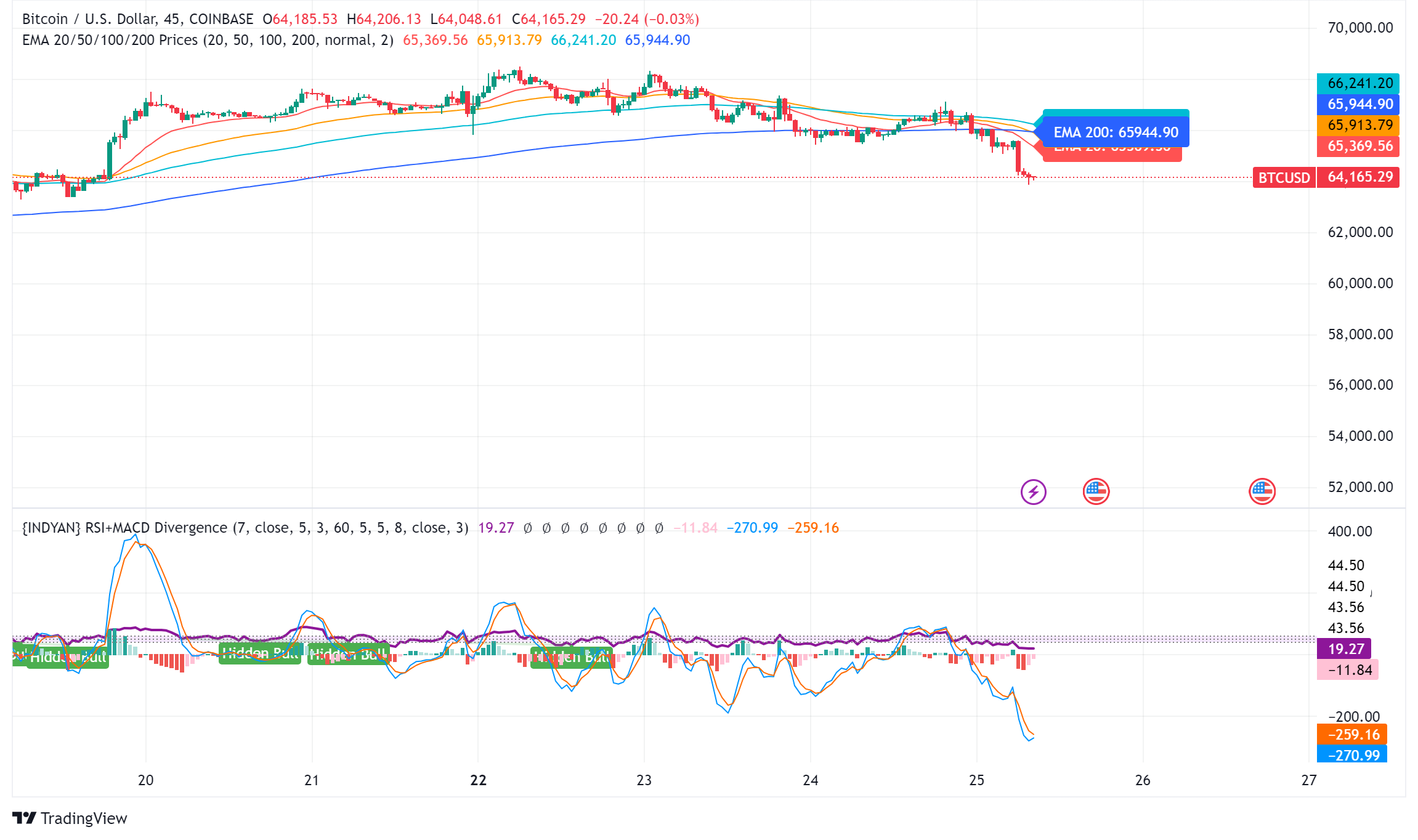
The world’s largest cryptocurrency, Bitcoin (BTC), suffered a significant price decline on Wednesday, falling below $65,000. The decline coincides with a broader market sell-off that has hit technology stocks hard.
Cryptocurrency Liquidations Hit Hard
CoinGlass data reveals a surge in long liquidations in the cryptocurrency market over the past 24 hours. These liquidations, totaling $220.7 million, represent forced selling of positions that had bet on price increases. Bitcoin itself accounted for $14.8 million in long liquidations.
Ethereum leads the decline
Ethereal (ETH), the second-largest cryptocurrency, has seen a steeper decline than Bitcoin, falling nearly 8% to trade around $3,177. This decline mirrors Bitcoin’s price action, suggesting a broader market correction.
Cryptocurrency market crash mirrors tech sector crash
The cryptocurrency market decline appears to be linked to the significant losses seen in the U.S. stock market on Wednesday. Stock market listing The index, heavily weighted toward technology stocks, posted its sharpest decline since October 2022, falling 3.65%.
Analysts cite multiple factors
Several factors may have contributed to the cryptocurrency market crash:
- Tech earnings are underwhelming: Earnings reports from tech giants like Alphabet are disappointing (Google(the parent company of), on Tuesday, triggered a sell-off in technology stocks with higher-than-expected capital expenditures that could have repercussions on the cryptocurrency market.
- Changing Political Landscape: The potential impact of the upcoming US elections and changes in Washington’s policy stance towards cryptocurrencies could influence investor sentiment.
- Ethereal ETF Hopes on the line: While bullish sentiment around a potential U.S. Ethereum ETF initially boosted the market, delays or rejections could dampen enthusiasm.
Analysts’ opinions differ
Despite the short-term losses, some analysts remain optimistic about Bitcoin’s long-term prospects. Singapore-based cryptocurrency trading firm QCP Capital believes Bitcoin could follow a similar trajectory to its post-ETF launch all-time high, with Ethereum potentially converging with its previous highs on sustained institutional interest.
Rich Dad Poor Dad Author’s Prediction
Robert Kiyosaki, author of the best-selling Rich Dad Poor Dad, predicts a potential surge in the price of Bitcoin if Donald Trump is re-elected as US president. He predicts a surge to $105,000 per coin by August 2025, fueled by a weaker dollar that is set to boost US exports.
BTC/USD Technical Outlook
Bitcoin price is currently trading below key support levels, including the $65,500 level and the 100 hourly moving average. A break below the $64,000 level could lead to further declines towards the $63,200 support zone. However, a recovery above the $65,500 level could trigger another increase in the coming sessions.
-

 Videos4 weeks ago
Videos4 weeks agoAbsolutely massive: the next higher Bitcoin leg will shatter all expectations – Tom Lee
-

 News12 months ago
News12 months agoVolta Finance Limited – Director/PDMR Shareholding
-

 News12 months ago
News12 months agoModiv Industrial to release Q2 2024 financial results on August 6
-

 News12 months ago
News12 months agoApple to report third-quarter earnings as Wall Street eyes China sales
-

 News12 months ago
News12 months agoNumber of Americans filing for unemployment benefits hits highest level in a year
-

 News1 year ago
News1 year agoInventiva reports 2024 First Quarter Financial Information¹ and provides a corporate update
-

 News1 year ago
News1 year agoLeeds hospitals trust says finances are “critical” amid £110m deficit
-

 Markets1 year ago
Markets1 year agoWhale Investments in Bitcoin Hit $100 Billion in 2024, Fueling Insane Investor Optimism ⋆ ZyCrypto
-

 DeFi1 year ago
DeFi1 year ago🏴☠️ Pump.Fun operated by Insider Exploit
-

 Videos1 year ago
Videos1 year ago$1,000,000 worth of BTC in 2025! Get ready for an UNPRECEDENTED PRICE EXPLOSION – Jack Mallers
-

 Videos1 year ago
Videos1 year agoABSOLUTELY HUGE: Bitcoin is poised for unabated exponential growth – Mark Yusko and Willy Woo
-

 Tech1 year ago
Tech1 year agoBlockDAG ⭐⭐⭐⭐⭐ Review: Is It the Next Big Thing in Cryptocurrency? 5 questions answered





